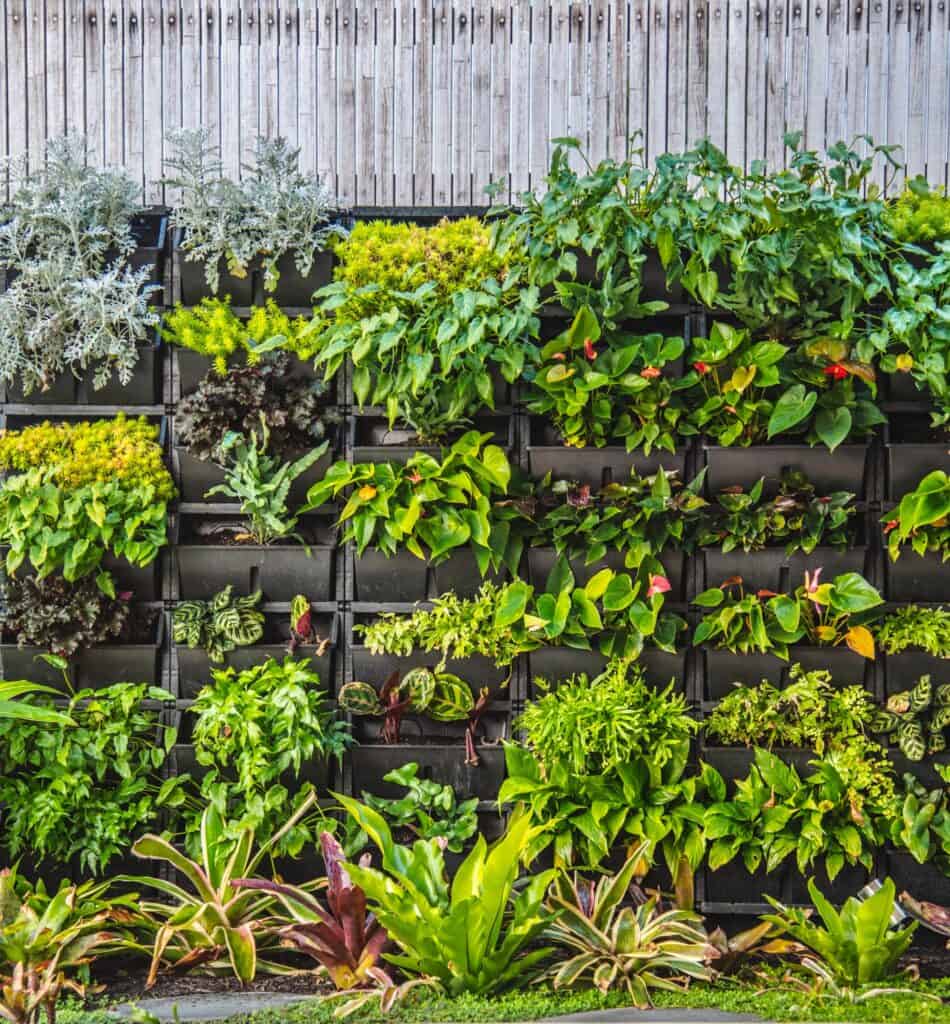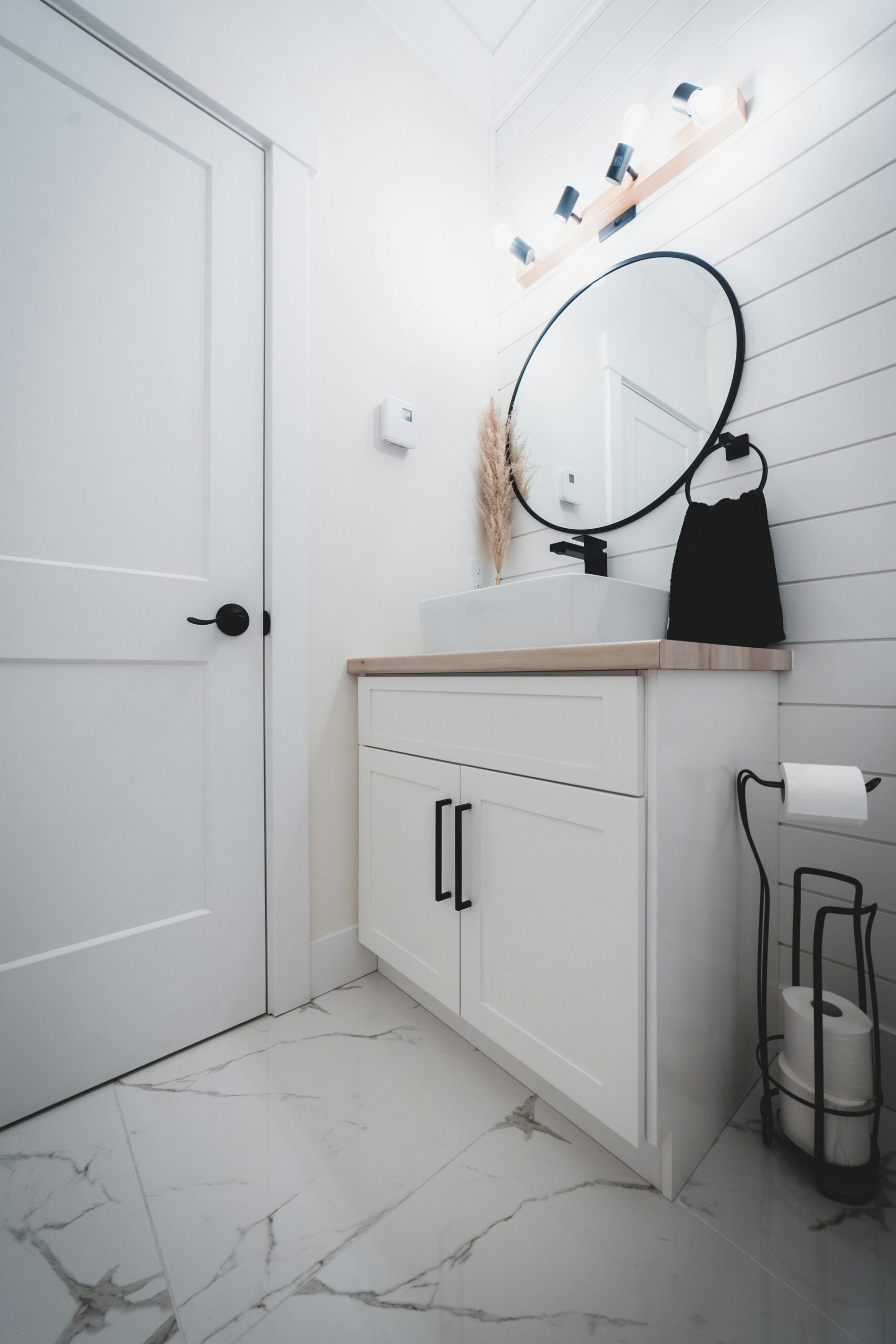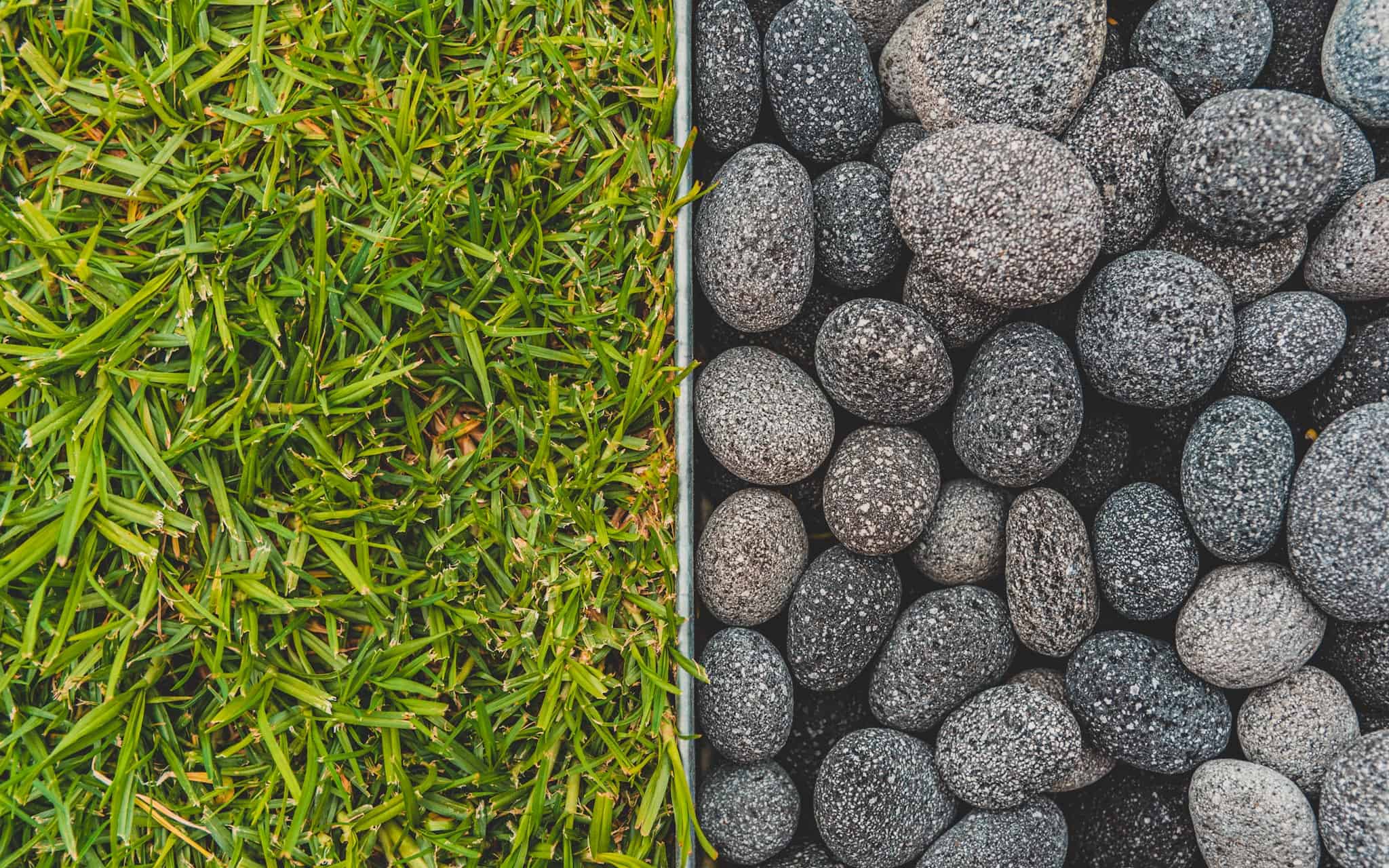Australians love the great outdoors. So, it is no wonder that we spend a fair bit of money to upgrade, beautify and improve the functionality of our property by getting landscaping works done.
Proper landscaping and planning can greatly enhance the aesthetic appeal and usage of our outdoor spaces. Whether you’re a beginner or an experienced gardener, it’s important to keep in mind some essential dos and don’ts to create a beautiful and sustainable landscape.
Some guidelines to consider for the DIYers out there:

Dos:
Do plan your landscape – Planning is key!! Take the time to create a detailed plan before starting any landscaping project. Consider factors such as the size of your yard, sunlight exposure, soil type, and your preferences. A well-thought-out plan will help you make informed decisions and save you time and money in the long run.
Do choose native plants: Be waterwise…Opt for plants that are WA natives, as they are better adapted to the local climate, require less water, and are generally more resistant to pests and diseases. Native plants also support local ecosystems and wildlife. Be smart and save.
Do consider the maintenance requirements: Practicality – Select plants that match your level of commitment to maintenance. Some plants require frequent watering, pruning, or fertilising, while others are low-maintenance. Choose plants that suit your lifestyle and available time. Caring for them is a the best way to see your garden thrive but if you don’t have the time to care for high maintenance plants, then you are throwing your money out the window. Dead plants require removal and replacment. Or get a proper gardener for the job! Beyond is always happy to help with your garden maintenance.
Do create focal points. Incorporate focal points into your landscape design to draw attention and create visual interest. These can be large trees, sculptures, water features, or colorful flower beds. Focal points help create a sense of balance and add character to your outdoor space. Add lights – solar or hardwired – to add focus on some plants that you really like and impress your friends and family by having them on when you entertain. It’s always a hit!
Provide proper irrigation: a good design will serve you well for years to come. Ensure that your plants receive adequate water by installing an efficient irrigation system. Drip irrigation or soaker hoses are more water-efficient than overhead sprinklers. Consider using rainwater harvesting techniques to conserve water. Talk to us your friendly expert for the right advice and tips as well as a free quote.
The Don’ts!
Don’t overcrowd plants: Avoid overcrowding your landscape with too many plants. Give each plant enough space to grow and thrive. Overcrowding can lead to competition for resources, poor air circulation, and increased risk of diseases.
Don’t forget Soil preparation: Prepare the soil properly before planting. Remove weeds, amend the soil with organic matter if needed, and ensure proper drainage. Healthy soil provides a solid foundation for your plants’ growth.
Don’t neglect proper pruning: Regular pruning is essential for maintaining the health and shape of your plants. However, avoid over-pruning, as it can weaken the plants and make them more susceptible to pests and diseases. Learn the appropriate pruning techniques for different plant types.
Don’t use invasive plant species. Steer clear of invasive plant species that can quickly spread and take over your landscape, outcompeting native plants. Research and choose non-invasive alternatives to maintain a balanced ecosystem.
Don’t ignore sustainable practices: Embrace environmentally friendly practices in your landscaping. Minimise the use of chemical fertilisers and pesticides. Opt for organic and ecofriendly alternatives, and practice proper waste management. Use compost or mulch to improve soil quality and retain moisture. This will reduce your water evaporation so less watering!
Landscaping is a creative and ongoing process. Regular maintenance, observation, and adjustment are key to achieving a beautiful and sustainable landscape over time.
Remember as a rule of thumb, when in doubt call the experts in the field and we can provide a fair assessment and free quote tailored to your property and budget.



